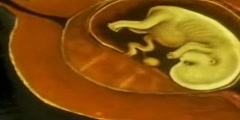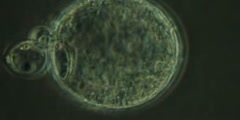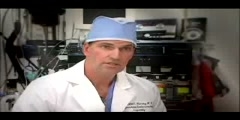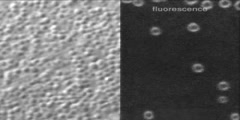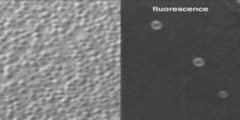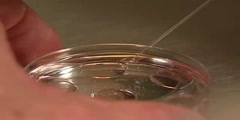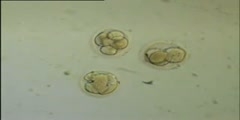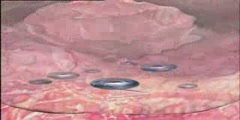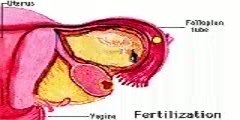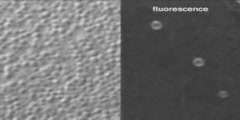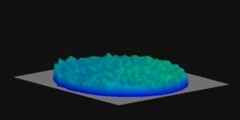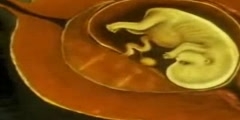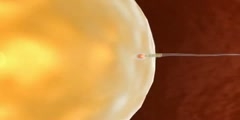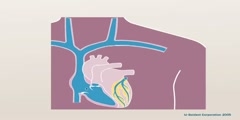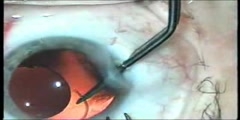Fertilization and Implantation
In this human physiology video, important parts of fertilization and implantation is explained. During copulation the continued stimulation of the glands penis triggers the spasm of muscles of the genital organs creating the organism and resulting in the discharge of semen from the urethra.When semen is deposited with in the vagina the sperms tend to move in all directions, but many find their way up the cervix of the uterus and out into the oviducts and up the tube where they meet the descending ovum.Three days is required for an ovum to travel down the oviducts to the uterus, an oocyte lives, however, only about 24 hours after its liberation from the follicle.As the sperm and ovum meet fertilization may take place and if fertilization occurs, in the oviduct It is believed that a woman period of fertility lasts only a day or two after ovulation. If the ovum is not fertilized during this time it passes from the body. If the ovum is fertilized, it becomes implanted in the endometrium; implantation usually takes place 3 to 4 days after the Young embryo reaches the uterus 6 or 7 days after the egg was fertilized.Fertilization can only occur if the ovum and sperm are transported simultaneously to the ampullary isthmic junction. The process of fusion of a sperm with an ovum is called fertilization.During fertilization a sperm comes in contact with the zonapellucida layer of the ovum and induces changes in the membrane that block the entry of additional sperms. One sperm only can fertilize an ovum.The secretions of acrosome help the sperm enter into the cytoplasm of the ovum through the zonapellucida and the plasma membrane.The completion of the meiotic division of the secondary oocyte. The second meiotic division is also unequal and results in the formation of a second polar body and a haploid ovum (ootid) soon the haploid nucleus of the sperms and that of the ovum fuse together to form a diploid zygote.Human female is xx and that of the male is xy chromosome. Therefore all the haploid gametes produced by the female (ova) have the sex chromosome x whereas in the male gametes (sperms) sex chromosome be either x or y.50% of sperms carry x chromosome while other 50% carry y chromosome. After fusion of the male and female gametes the zygote would carry either xx or xy depending on whether the sperm carry x or y fertilize the ovum.Zygote carrying xx chromosome would develop into a female and xy would form a male.The mitotic division starts as the zygote moves through the isthmus of the oviduct called cleavage towards the uterus and forms 2, 4, 8, 16 daughter cells called blastomeres. The embryo with 8 to 16 blastomeres is called a morula.Themorula continues to divide and transform into blastocyst, it moves further into uterus. The blastomeres in the blastocyst are arranged into an outer layer called trophoblast and an inner group of cells attached to the trophoblast called the inner cell mass. The trophoblast layer then gets attached to the endometrium and the inner cell mass gets differentiated as the embryo. After attachment the uterine cells divide rapidly and covers the blastocyst. As a result the blastocyst becomes embedded in the endometrium of the uterus, this is called implantation and it leads to pregnancy.
Tags: fertilization implantation
Uploaded by: mnistanbl ( Send Message ) on 01-03-2016.
Duration: 9m 18s
